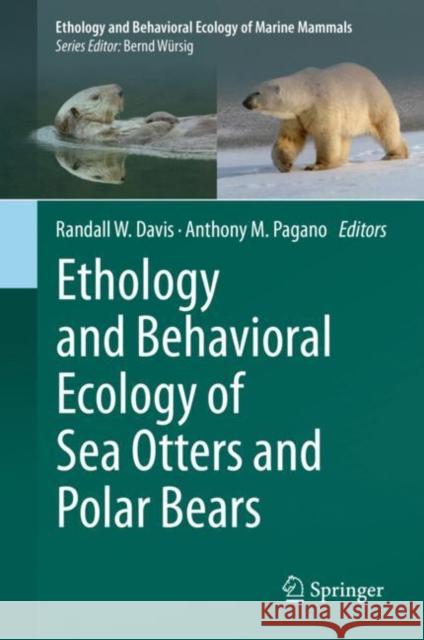Ethology and Behavioral Ecology of Sea Otters and Polar Bears » książka
topmenu
Ethology and Behavioral Ecology of Sea Otters and Polar Bears
ISBN-13: 9783030667955 / Angielski / Twarda / 2021 / 363 str.
Kategorie:
Kategorie BISAC:
Wydawca:
Springer
Seria wydawnicza:
Język:
Angielski
ISBN-13:
9783030667955
Rok wydania:
2021
Wydanie:
2021
Numer serii:
000892327
Ilość stron:
363
Waga:
0.77 kg
Wymiary:
23.88 x 19.56 x 2.29
Oprawa:
Twarda
Wolumenów:
01











